darrenwest1
Landlord.
no mate the neon wires draw no current at all
the element does not draw its power whrough those wires
the element does not draw its power whrough those wires

The connector does come with screw terminals, but the wire in the cable is too thick to make a good connection.graysalchemy said:Something in the back of my head says your not meant to solder them? I'm sure I read that when I made mine. Wouldn't normal solder run the risk of melting with the current from a kettle element?
I spoke to our sparkies about this, solder will melt but only if it gets hot enough, the only source of sufficient heat, given that the correctly rated wire and connectors are used, is a high resistance due to poor soldering. If you have a good look at a push on connector, the actual area in cont act is less than a good soldered joint.graysalchemy said:Something in the back of my head says your not meant to solder them? I'm sure I read that when I made mine. Wouldn't normal solder run the risk of melting with the current from a kettle element?













Yep, you don't need to have a PID controller :thumb:can the two kettle elements be plugged in without using a pid controller
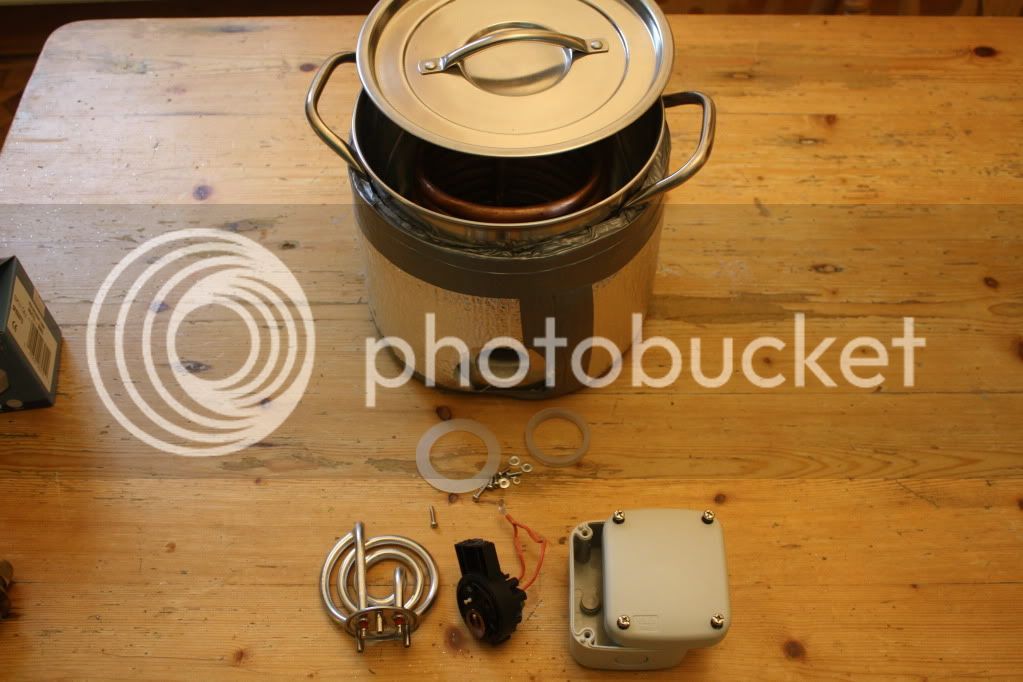
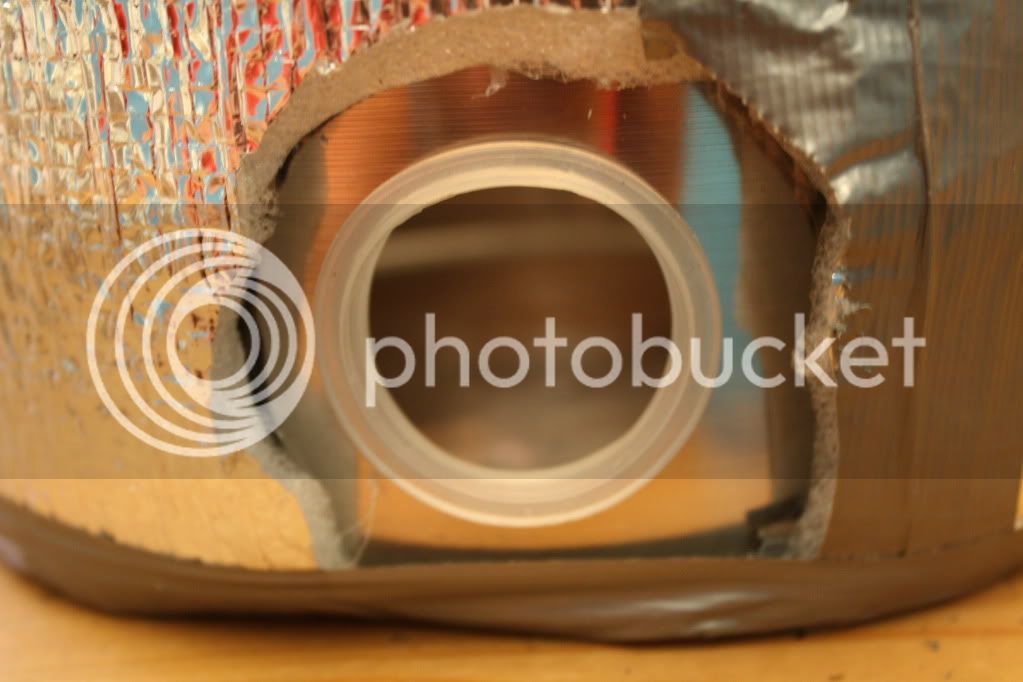
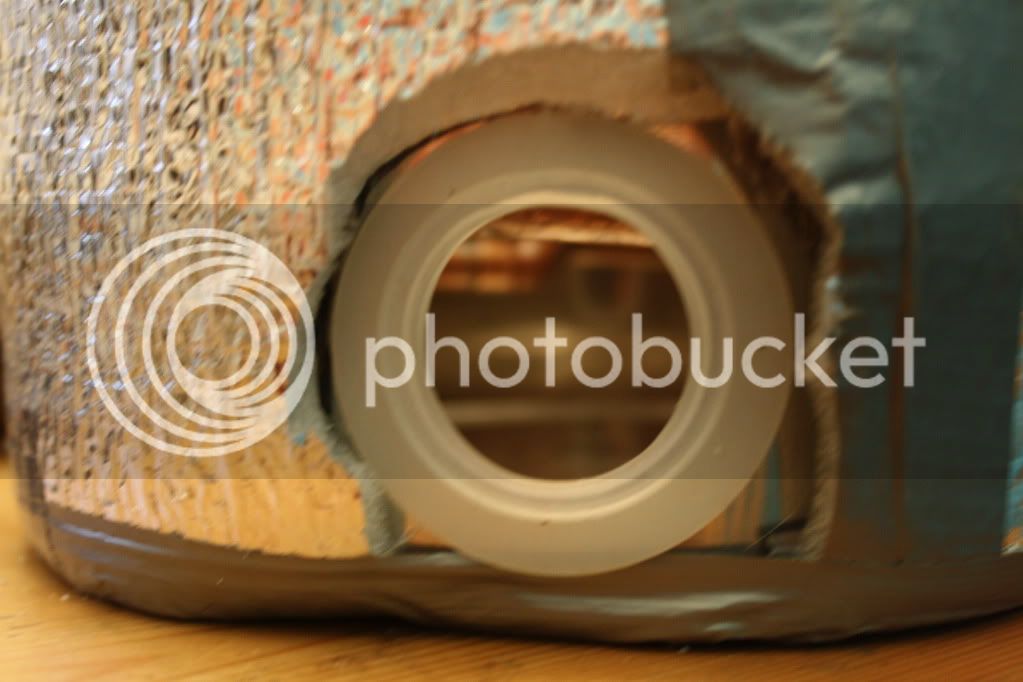
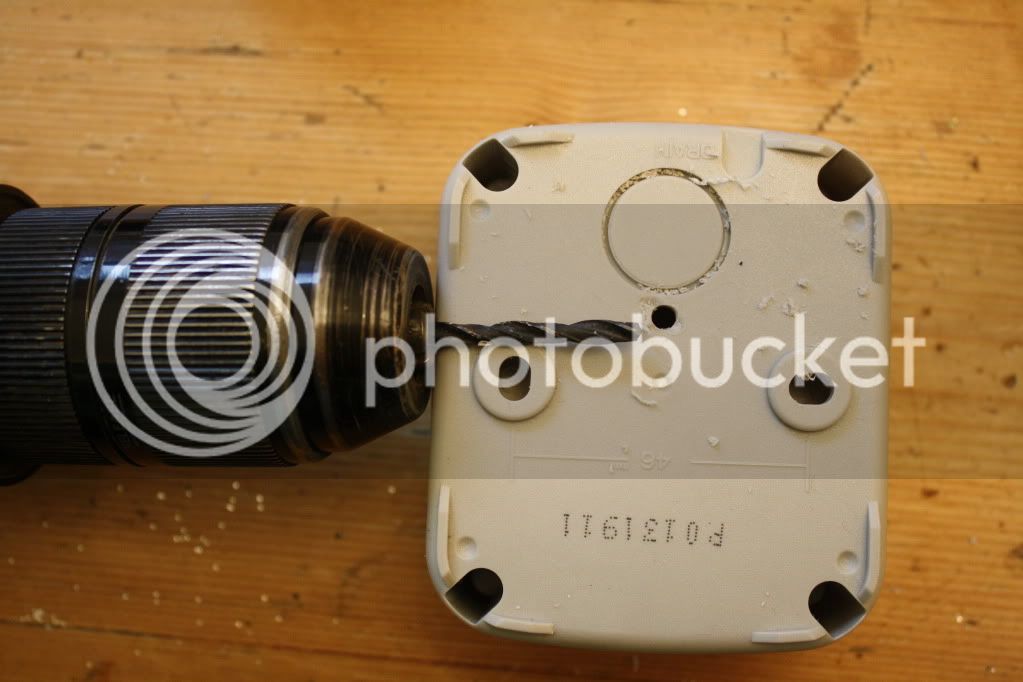
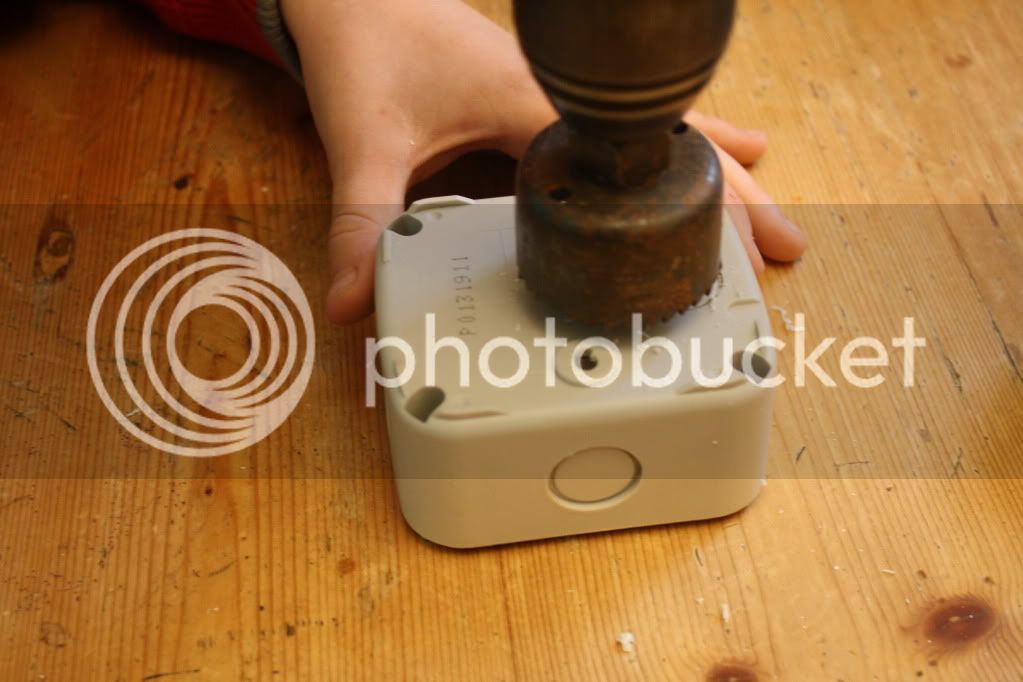
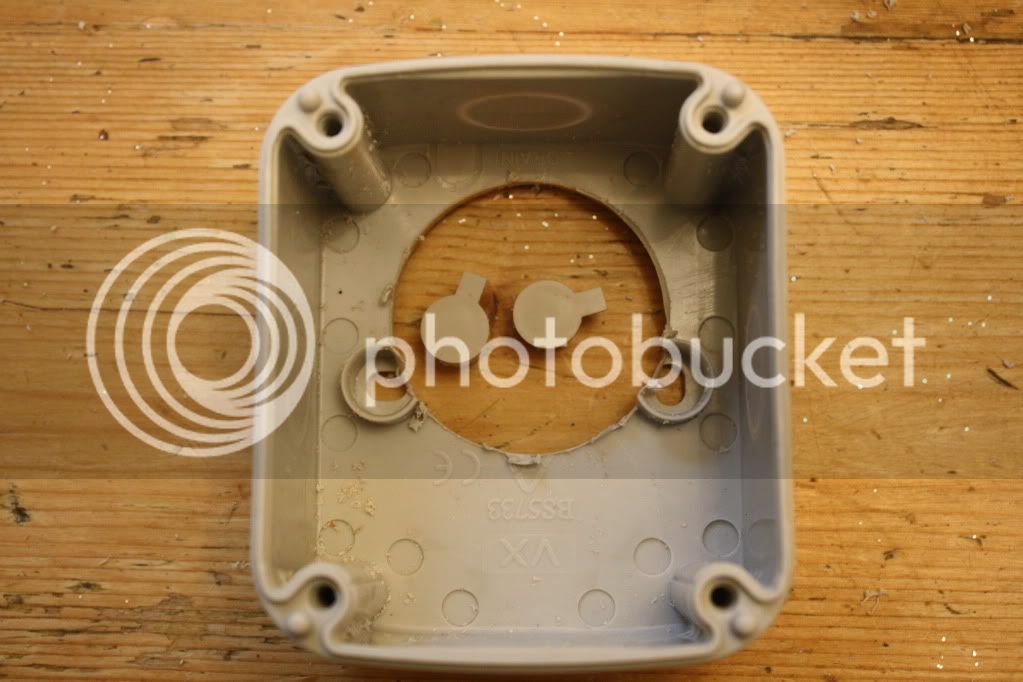

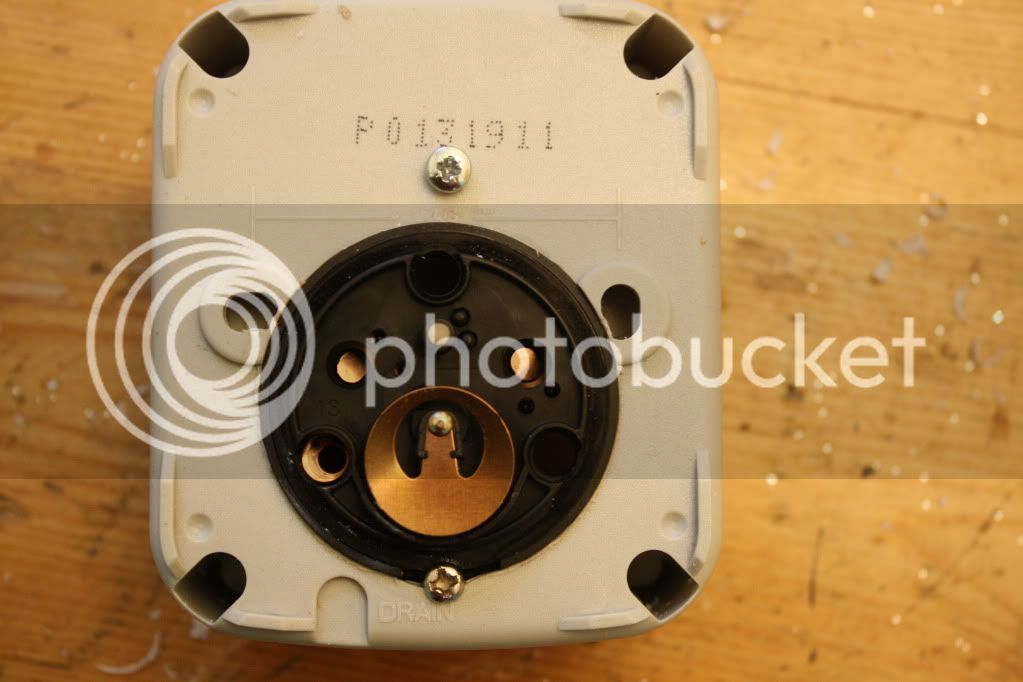
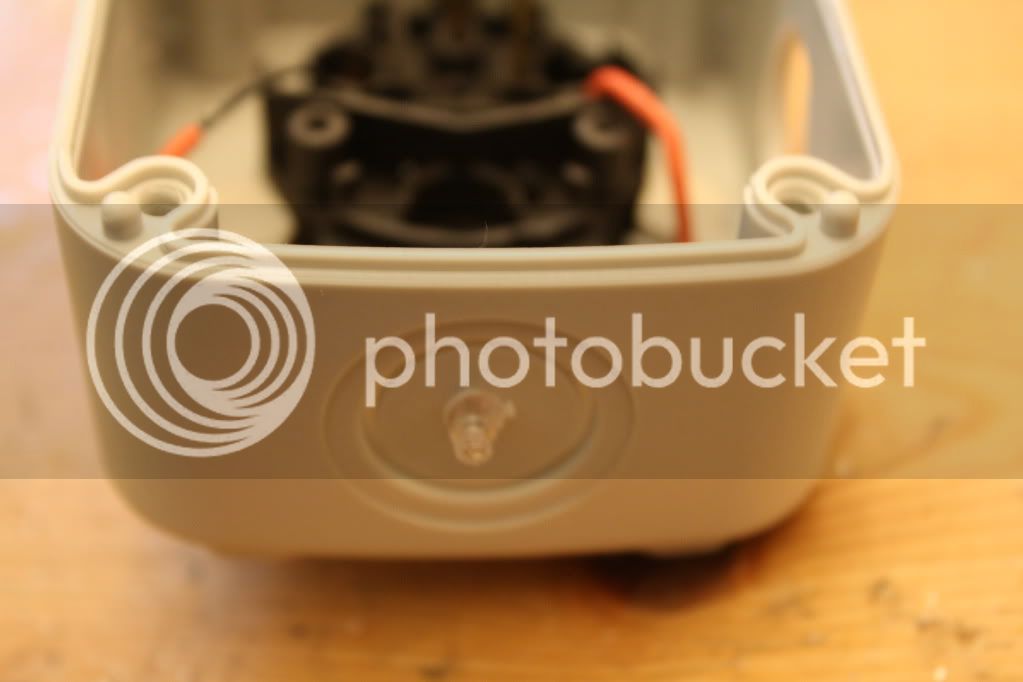
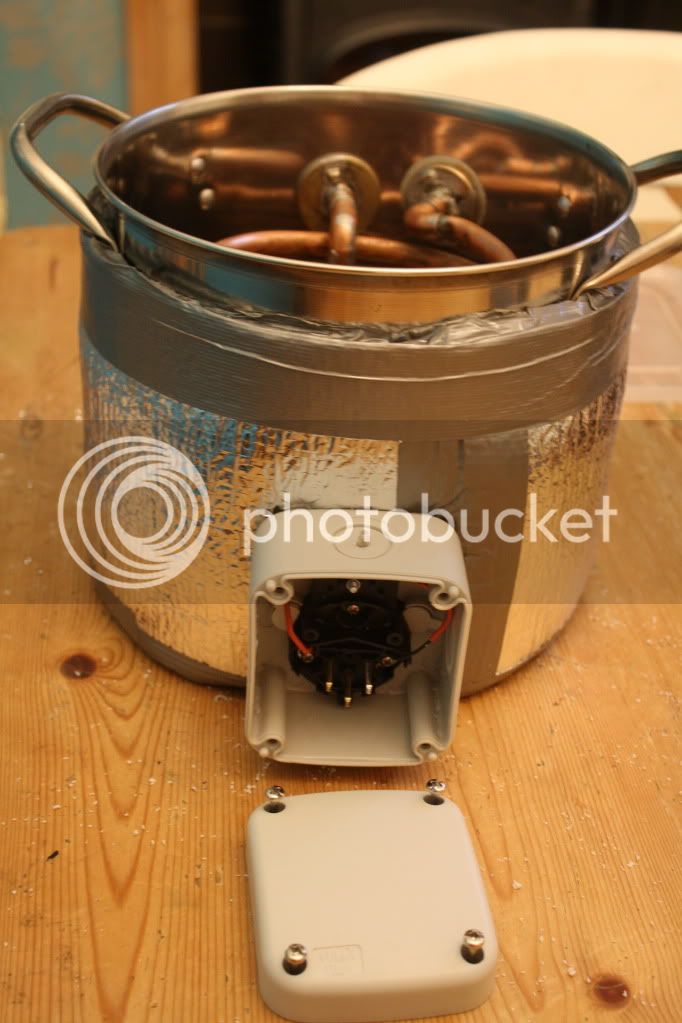
Enter your email address to join: